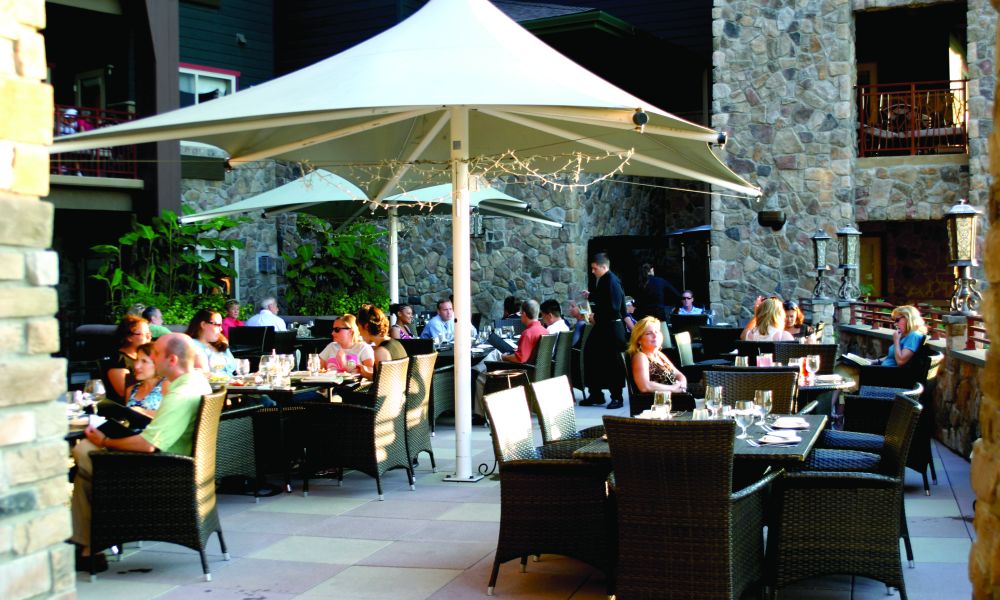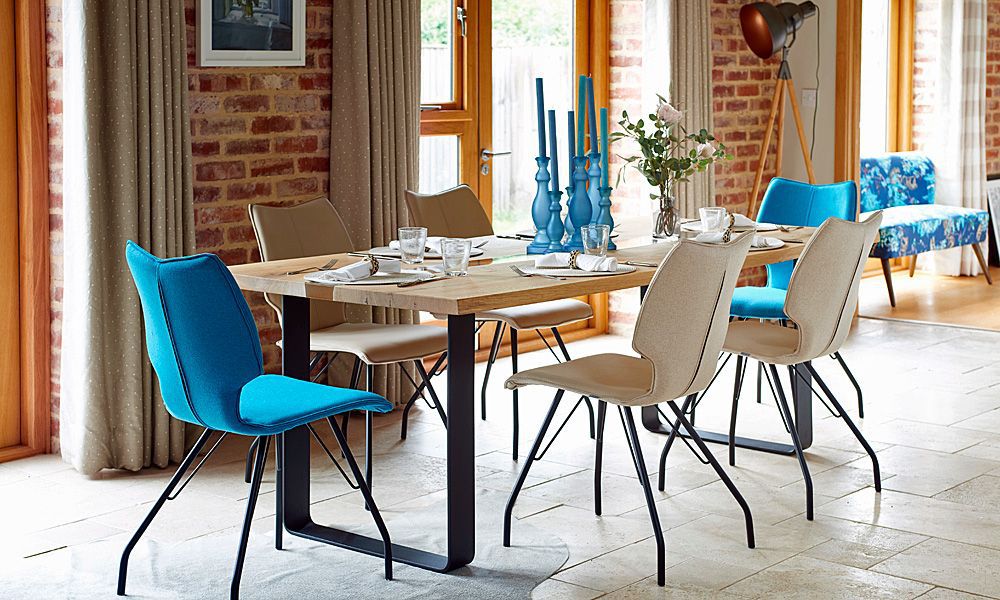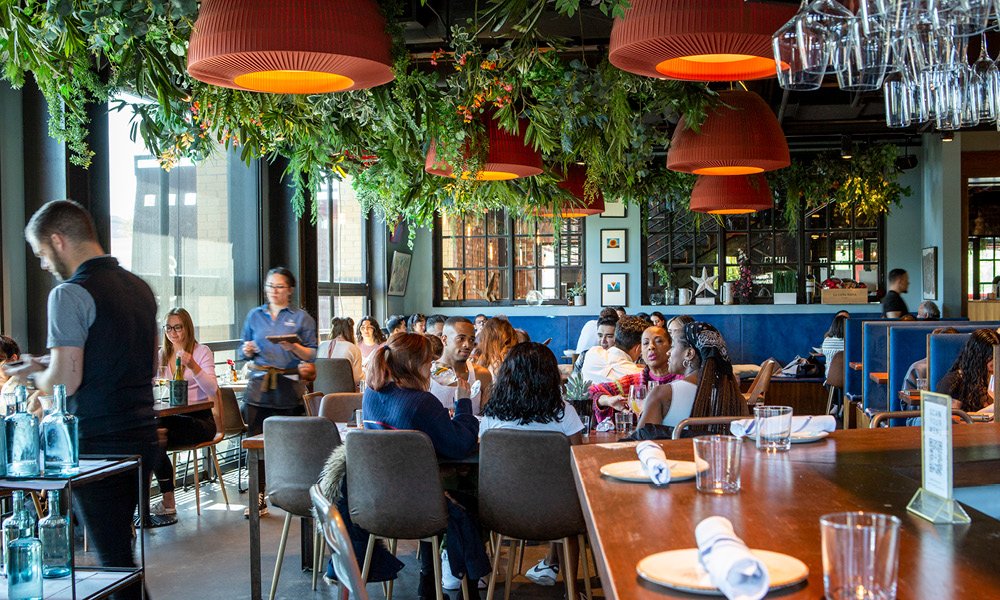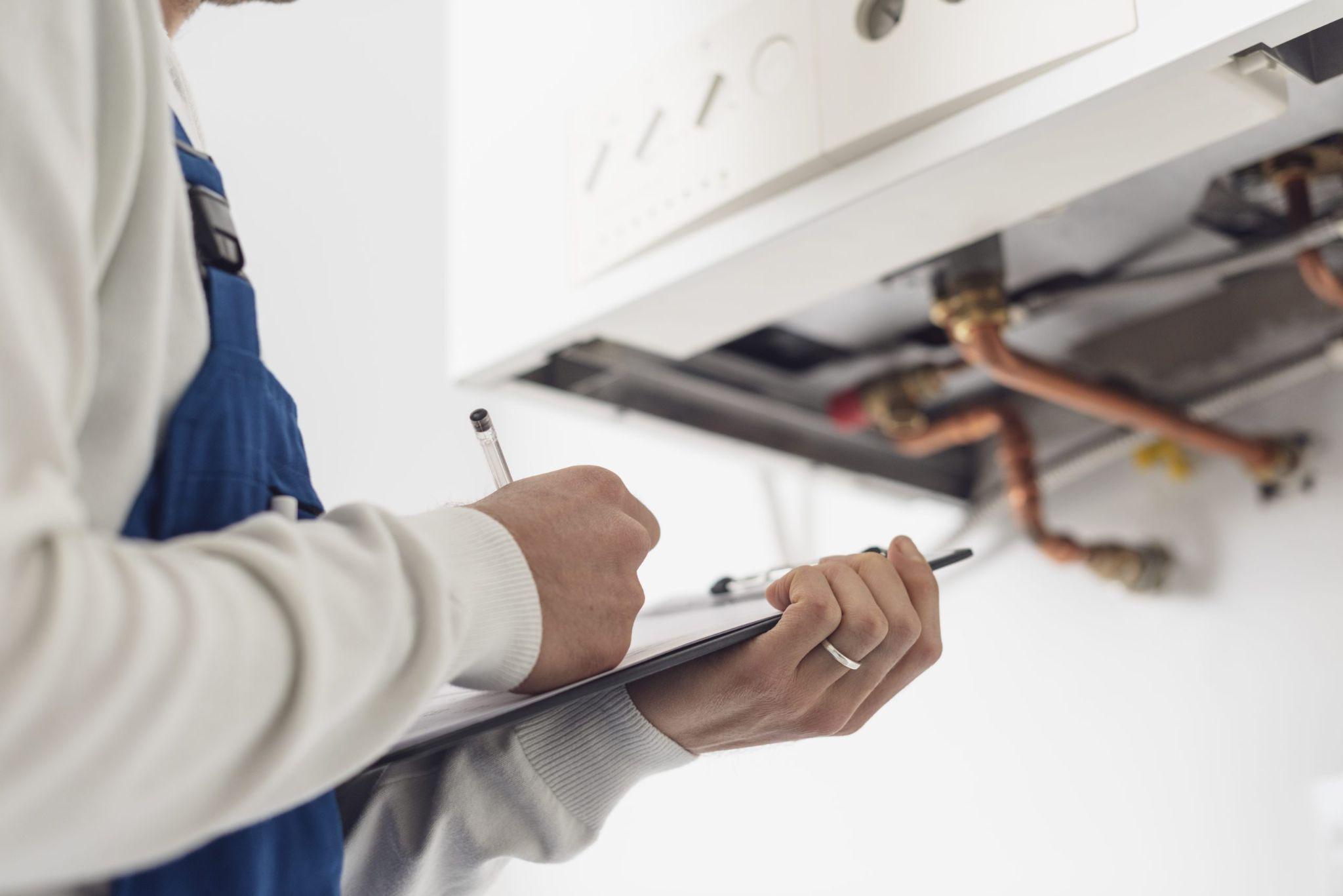Learning
How Do I Set Up a Restaurant With the Best Restaurant Chairs

A key component of giving your patrons a warm and relaxing dining experience is how the chairs are arranged in your restaurant. A well-planned restaurant chairs arrangement affects your restaurant’s looks, ambiance, and traffic flow. In this article, I’ll give you a step-by-step strategy for arranging restaurant chairs to maximise the available room, comfort, and atmosphere.
- ACCESS THE RESTAURANT THEME AND CONCEPT
It’s critical to comprehend the theme and concept of your restaurant before you start setting up seats. Think about the intended audience, the setting, and the style. For instance, the chair arrangement at a fine dining establishment will differ from that in a casual café.
Consider the theme and concept of your restaurant carefully before arranging seats. The intended audience, setting, and style should align seamlessly. A fine dining establishment, for example, requires a different chair arrangement compared to a casual café.
Understanding and reflecting the essence of your venue through thoughtful seat placement not only enhances the overall aesthetic but also contributes to the comfort and satisfaction of your patrons, setting the stage for a dining experience that resonates with your restaurant’s unique identity.

- CONSIDER THE AVAILABLE SPACE
Analyse the dimensions and design of your restaurant. Measure the size of your dining space and note any architectural features like columns, windows, or doorways that could impact how the chairs are arranged.
Examining the dimensions and design of your restaurant is a crucial step in optimising seating arrangements. Begin by measuring the size of your dining space, considering both its length and width. Take note of architectural features such as columns, windows, or doorways that can influence how chairs are arranged.
These elements not only impact the flow of foot traffic but also play a significant role in determining the layout’s aesthetics. Understanding the spatial constraints and architectural nuances allows for a strategic placement of chairs, ensuring a harmonious blend of functionality and visual appeal within your restaurant.
- CHOOSE THE RIGHT CHAIR STYLE
Choose comfortable seats that go with the theme of your restaurant. The design of the chairs should also coordinate with the tables and general music. Consider elements like cushioning, fabric, and colour to develop a coherent aesthetic.
Selecting comfortable seats that complement the theme of your restaurant is essential for creating a cohesive and inviting atmosphere. Ensure that the design of the chairs aligns harmoniously with the overall theme, coordinating with both tables and the general ambiance, including music.
Pay attention to elements such as cushioning, fabric, and colour to establish a coherent aesthetic. The comfort of patrons is paramount, and when combined with a thoughtful design that reflects the restaurant’s theme, it contributes to an enjoyable and memorable dining experience. The synergy between comfortable seating and thematic design enhances the overall ambiance of your establishment.

- DETERMINE SEATING CAPACITY
Decide on the most visitors you can comfortably host at a time. The size and idea of your restaurant will determine this. Typically, restaurants try to balance increasing seats and giving patrons enough room.
Determine the maximum number of visitors your restaurant can comfortably host at a given time, a decision influenced by the size and concept of your establishment. Striking a balance between increasing seating capacity and providing patrons with enough room is a key consideration.
Assess the layout and flow of your restaurant to optimise space utilisation without compromising on the comfort and experience of your guests. This strategic approach ensures that your venue can accommodate a significant number of visitors while maintaining an inviting and spacious atmosphere, contributing to a positive and enjoyable dining environment.
- SELECT TABLE SIZE
Select tables that will work well in your space and fit the number of diners you plan to serve. The ratio between table and chair size is crucial for a balanced arrangement.
Carefully choose tables that complement your space and accommodate the number of diners you intend to serve. The ratio between table and chair size is critical for achieving a balanced arrangement. Consider the dimensions of your restaurant, ensuring that the tables fit seamlessly into the layout without overcrowding.
The right combination of table and chair sizes not only enhances the functionality of the space but also contributes to a visually appealing and comfortable dining environment. Striking this balance ensures that patrons have ample room while maintaining an efficient and aesthetically pleasing setup within your restaurant.

- SPACING BETWEEN TABLES AND RESTAURANT CHAIRS
Ensure enough space between the tables and seats to provide comfort and accessibility. Generally, tables’ edges should be positioned at least 18 to 24 inches away, and chairs should be placed at least 18 inches apart. Aim for aisle ways at least 36 inches wide to fit visitors and workers comfortably.
Maintain ample space between tables and seats to ensure comfort and accessibility in your restaurant. Position tables’ edges at least 18 to 24 inches apart, allowing patrons to move around freely. Similarly, place chairs at least 18 inches apart to provide personal space for diners.
Aim for aisle ways that are at least 36 inches wide to accommodate visitors and allow staff to move comfortably. This thoughtful spacing not only contributes to a more enjoyable dining experience but also enhances accessibility for both patrons and workers, creating a well-balanced and efficiently organised restaurant layout.
- CREATE DIFFERENT SEATING ZONE
In your restaurant, provide several seating areas based on your customers’ tastes. For instance:
- Quaint nooks for couples or little groups
- Larger tables for large groups or families
- There is bar or counter seating for lone diners or those seeking a fast supper.
In your restaurant, offer diverse seating areas tailored to accommodate various customer preferences. Create quaint nooks for couples or small groups seeking an intimate setting. Introduce larger tables designed for accommodating sizable groups or families looking for a communal dining experience. Consider including bar or counter seating for solo diners or those seeking a quick meal.
By providing these distinct seating options, you cater to the diverse needs and preferences of your patrons, fostering a welcoming atmosphere that encourages a range of dining experiences within your establishment. This thoughtful approach enhances the overall appeal and versatility of your restaurant.

- CONSIDER FLEXIBLE SEATING
Consider combining traditional tables with adaptable seating choices like banquettes, booths, and communal tables if your restaurant conducts events or has to accommodate various party sizes.
For a versatile and accommodating dining environment, consider integrating traditional tables with adaptable seating choices such as banquettes, booths, and communal tables, especially if your restaurant hosts events or needs to accommodate varying party sizes. This mix of seating options provides flexibility, allowing you to optimise the space based on the specific needs of your patrons.
Banquettes and booths offer a sense of intimacy for smaller groups, while communal tables can cater to larger parties or foster a social dining experience. This strategic combination not only enhances the functionality of your space but also adds an element of dynamic versatility to your restaurant’s layout.
- AIM FOR ADEQUATE WALKWAYS
Ensure that your chairs’ placement permits easy access for workers and consumers. Avoid blocking paths or causing bottlenecks.
Strategically position chairs to facilitate easy access for both workers and customers, ensuring clear pathways and avoiding bottlenecks. Create a layout that prioritises seamless movement, preventing obstructions in the restaurant’s flow. This thoughtful arrangement enhances the overall efficiency of the space, contributing to a positive experience for both staff and patrons.

- OPTIMISE VIEWS AND LIGHTNING
Whether it’s an outside setting, an open kitchen, or an architectural highlight, place seats to maximise desired views for a relaxing eating experience and ensure that natural and artificial lights are spread properly and that hearts are well-lit.
Whether in an outdoor setting, near an open kitchen, or highlighting architectural features, strategically place seats to maximise desired views, creating a relaxing dining experience.
Ensure proper distribution of natural and artificial lighting, ensuring that spaces are well-lit to enhance the overall ambiance. Thoughtful placement of chairs not only capitalises on scenic elements but also optimises lighting, contributing to a warm and inviting atmosphere that enhances the overall dining experience for your patrons.
- EXPERIMENT AND SEEK FEEDBACK
Try out several arrangements before settling on your chair setup, and then choose the one that best suits your room. Be bold and ask for advice from dependable friends or coworkers for alternative viewpoints.
- MAINTAIN FLEXIBILITY
Plan to move your chairs around as necessary. Based on client feedback and shifting eating preferences, your original arrangement might need to be improved.
- CONSIDER OUTDOOR SEATING
If your restaurant has an outside area, invest in comfortable, weatherproof seats to increase your dining options. To ensure an excellent outdoor eating experience, ensure adequate spacing and access.
- COMPLY WITH REGULATION
Ensure your seating arrangement conforms to all applicable building and safety rules, particularly occupancy restrictions, fire exits, and accessibility.
- REGULAR MAINTENANCE
By routinely cleaning and examining your chairs, you can preserve their condition. Repairing or replacing worn-out or damaged chairs as soon as possible can help keep the space tidy and welcoming.

Learning
First-Time Buyer’s Guide to the UK Property Market

Entering the UK property market as a first-time buyer can feel both exciting and daunting. The process is filled with potential pitfalls and complex decisions, but with the right guidance, it can be navigated smoothly. The estate agents in Yorkshire demystify the journey from the initial decision to buy a home to the moment you step over the threshold of your new property.
Understanding Your Financial Position
The first and perhaps most crucial step in the home-buying process is understanding your financial situation. This includes assessing your savings, income, and current debts. Here’s how you can prepare:
1. Deposit: Generally, you’ll need at least 5% of the property price as a deposit, though aiming for 10% or more can provide better mortgage rates.
2. Income and Expenses: Use a budget planner to assess your monthly income against your expenses. This will help you understand how much you can afford in monthly mortgage repayments.
3. Credit Score: Lenders will evaluate your credit score to determine your mortgage eligibility. So it’s important to have a good credit score, and you should work on it if required.
4. Mortgage Options: Speak to a mortgage advisor to understand different types of mortgages, such as fixed-rate, variable-rate, and help-to-buy schemes.
Getting a Mortgage Agreement in Principle
A Mortgage Agreement in Principle (AIP) is a statement from a lender indicating how much they’ll likely lend you. You will be a more attractive buyer with an AIP as it shows sellers you’re serious and financially prepared.
Deciding What You Want
Before you start viewing properties, it’s essential to know what you’re looking for. Consider the following factors:
1. Location: Proximity to work, schools, public transport, and amenities are key. Research neighbourhoods to find the best fit for your lifestyle.
2. Property Type: Decide whether you want a flat, terraced house, semi-detached, or detached property. Each has its pros and cons.
3. Must-Haves: Make a list of non-negotiables, such as the number of bedrooms, garden size, and parking facilities.
4. Future Proofing: Consider your future needs. Are you planning to start a family? Do you need space for a home office?
Starting the Property Search
With a clear idea of what you’re looking for, you can begin your property search. Here are some tips:
1. Use Online Portals: Websites like Rightmove, Zoopla, and OnTheMarket are excellent starting points. Set up alerts to get notified of new listings that meet your criteria.
2. Visit Estate Agents: Register with local estate agents who can provide insights into the market and inform you of new properties before they’re listed online.
3. Attend Viewings: Don’t rush this part. Visit several properties to get a feel for what’s available in your price range.
Making an Offer
Once you find a property you love, it’s time to make an offer. Here’s how to approach it:
1. Research: Check the selling prices of similar properties in the area to gauge a fair offer.
2. Negotiate: Don’t be afraid to negotiate. The starting point is most usually the asking price.
3. Conditions: You might include conditions in your offer, such as the inclusion of certain fixtures or a specific moving date.
The Legal Process
If your offer is accepted, the legal process begins. You’ll need a solicitor or licensed conveyancer to handle the legalities. Here’s what to expect:
1. Conveyancing: This is the legal transfer of property ownership. Your solicitor will handle this, including conducting searches, dealing with the Land Registry, and transferring the funds.
2. Surveys and Inspections: Arrange for a property survey to check for structural issues. There are different types of surveys, from basic condition reports to full structural surveys.
3. Mortgage Finalisation: Once the survey is complete and satisfactory, your mortgage can be finalised.
4. Exchange of Contracts: This is when the sale becomes legally binding. You’ll pay your deposit at this stage.
5. Completion: On the agreed completion date, the remaining money is transferred, and you receive the keys to your new home.
Moving In
Moving day can be hectic, but planning can ease the stress:
1. Hire a Removal Company: Book a reliable removal company well in advance. Discover the best deals by getting quotes from multiple companies.
2. Pack Strategically: Label your boxes by room and keep essential items accessible.
3. Notify Utilities and Change Address: Inform your utility providers of your move date and update your address with banks, the DVLA, and other important institutions.
Settling In
Get settled. Introduce yourself to the neighbours, familiarise yourself with the local area, and really start to make the place your own.
Here are a few final tips:
1. Safety Checks: Make sure that your smoke alarms and carbon monoxide detectors are working, and make sure that you know where the gas and electricity meters are located.
2. Maintenance Plan: Keep a record of the smooth functioning of your new home with a maintenance schedule, complete with regular checks and seasonal tasks.
3. Personal Touches: Add personal touches to make the space feel like home. This can be from putting up family photos or redoing the decoration in your rooms.
Conclusion
Buying your very first home in the UK is most definitely a milestone, difficult and full of challenges but rewarding in the end. Such a philosophy guides you in understanding finances and knowing what you want to achieve from detailed research, and seeking professional advice that confidently helps you navigate the property market. Yes, the journey may have its hurdles, but in the end—owning your own home—the reward will be worth the effort. Welcome to your new chapter!
SEE ALSO: Conquer the Chaos: Hacks to Clean Your Home in Half the Time
Learning
5 Health Benefits of Regular Pedicures

There’s nothing quite like a pedicure to keep your feet looking and feeling their best, but did you know that pedicures do more than simply enhance the appearance of your feet? Many people don’t realize that regular pedicures can come with a wide range of health benefits that can promote the well-being of your feet, so here are some ways that your routine pedicure keeps both your toenails and feet in the best condition possible!
Smoother Skin
One of the biggest misconceptions about pedicures is that they only cater to and look after your toenails. While you’ll definitely be leaving each session with a fresh coat of nail polish, your pedicure can also do wonders for the health of your skin. Aside from trimming and shaping your nails and cuticles, you’ll notice that your nail technician also dedicates a few steps to the skin of your feet.
After inspecting your feet and looking for any issues or imperfections that may need to be addressed, your technician will work on an exfoliating scrub to remove any dead skin cells. This step may also be aided by a foot file, which can be used to buff away any calluses and other problem areas manually.
Softer Skin
After your nail technician addresses all the problem areas of your feet and removes any unwanted dead skin cells, he or she will often massage in a moisturizing product, such as lotion, cream, or butter, to ensure that your skin is properly moisturized. These products contain skin-loving ingredients that will ensure that your feet have everything they need to look and feel their best so that you can walk out of your pedicure with a renewed sense of confidence.
Healthier Nails
After your pedicure session, your nails will not only look better due to the fresh coat of nail polish, but they’ll also be healthier and stronger. This is because your nail technician takes their time to ensure that your nails are properly looked after through steps that include deep cleaning, nail trimming, nail filing, and cuticle care. All of these things work together to prevent issues like ingrown nails from occurring, all the while improving the appearance of your nails.
Increased Blood Circulation
While the specific steps included in your pedicure will depend on the beauty salon, most pedicures will have a massage step somewhere in the mix. One of the often overlooked benefits of these massages is the increased blood circulation, which can deliver more nutrients and oxygen to your feet and nails, promoting their health and appearance. Aside from that, better blood flow means reduced tension and soreness, as well as better distributed heat throughout your body.
Reduced Infections
A significant amount of dirt and bacteria can build up on your feet without you even realizing it, but pedicures can be a great way to prevent these from happening in the first place. The exfoliation step of a pedicure removes dead skin cells as well as all the debris that may have accumulated underneath, and the deep cleaning of your toenails and cuticles also gets rid of any impurities that may have slipped beneath them, which can stop infections from happening.
These are some of the many health benefits that you can look forward to at your next pedicure appointment. However, it’s worth noting that you need to book regular sessions to truly reap all the rewards. This can be difficult, especially when you don’t feel like driving to your nearest nail salon after a long day, but the good news is that you can enjoy the salon experience in the comfort of your own home with a home pedicure service.
Learning
Commercial Boiler Installation Services London

For businesses in the bustling city of London, having a reliable heating system is crucial. Whether you’re opening a new office, expanding your current premises, or simply upgrading an outdated system, commercial boiler installation services for businesses in London are essential to ensure your operations run smoothly and efficiently. Proper installation and maintenance of commercial boilers can make a significant difference in energy efficiency, cost savings, and the overall comfort of your workspace.
The Importance of Professional Installation
When it comes to installing a commercial boiler, professional expertise is paramount. Here’s why:
- Efficiency and Performance: Professional installation ensures that your boiler operates at peak efficiency, reducing energy consumption and lowering utility bills. A well-installed boiler can effectively meet the heating demands of your business without unnecessary energy waste.
- Safety: Commercial boilers are complex systems that require precise installation to operate safely. Professional installers adhere to stringent safety standards and regulations, minimizing the risk of accidents and ensuring the safety of your employees and premises.
- Compliance with Regulations: Commercial properties are subject to various building codes and regulations. Professional installers are well-versed in these requirements and ensure that your boiler system complies with all local laws and standards.
- Longevity and Reliability: Proper installation is critical to the longevity and reliability of your boiler. A professional installation can prevent common issues such as leaks, pressure problems, and system failures, ensuring that your boiler runs smoothly for years to come.
Key Considerations for Commercial Boiler Installation
When planning for a commercial boiler installation, several factors need to be considered:
- Type of Boiler: The type of boiler you choose will depend on your business’s specific needs. Options include gas boilers, oil boilers, and electric boilers, each with its own set of advantages. Consulting with a professional can help you determine the best choice for your business.
- Sizing and Capacity: The boiler’s size and capacity must match the heating demands of your commercial space. An undersized boiler will struggle to meet your needs, while an oversized one will lead to inefficiencies and higher costs.
- Location: The placement of your boiler affects its efficiency and accessibility for maintenance. Professional installers can help you choose the optimal location for your boiler.
- Integration with Existing Systems: If you’re upgrading or replacing an existing boiler, it’s essential to ensure compatibility with your current heating system. Professional installers can seamlessly integrate the new boiler with your existing setup.
Choosing the Right Installation Service

Selecting the right installation service provider is crucial to the success of your boiler installation project. Consider the following when making your choice:
- Experience and Expertise: Look for a provider with a proven track record in commercial boiler installations. Experienced installers can handle the complexities of commercial systems and provide high-quality workmanship.
- Reputation: Check reviews and testimonials from previous clients to gauge the provider’s reliability and customer satisfaction.
- Comprehensive Services: Choose a provider that offers a full range of services, including installation, maintenance, and repair. This ensures that all your boiler needs are met by a single, trusted source.
In London, ROWLEN is a reputable name known for delivering top-notch commercial boiler installation services. Their team of experts is dedicated to providing efficient, safe, and compliant installations tailored to the unique needs of businesses.
Conclusion
Investing in professional commercial boiler installation services for businesses in London is essential for ensuring efficiency, safety, and long-term reliability. By choosing an experienced and reputable service provider like ROWLEN, you can rest assured that your heating system will be installed correctly and maintained to the highest standards. Proper installation not only enhances the performance of your boiler but also contributes to the overall comfort and productivity of your business environment.
SEE ALSO:
-

 News4 years ago
News4 years agoLet’s Know About Ultra High Net Worth Individual
-
Entertainment2 years ago
Mabelle Prior: The Voice of Hope, Resilience, and Diversity Inspiring Generations
-
News11 years ago
Enviromental Groups Tell Mekong Leaders Lao Dam Evaluation Process Flawed
-

 Health4 years ago
Health4 years agoHow Much Ivermectin Should You Take?
-

 Tech3 years ago
Tech3 years agoTop Forex Brokers of 2023: Reviews and Analysis for Successful Trading
-

 Lifestyles3 years ago
Lifestyles3 years agoAries Soulmate Signs
-

 Entertainment3 years ago
Entertainment3 years agoWhat Should I Do If Disney Plus Keeps Logging Me Out of TV?
-

 Health3 years ago
Health3 years agoCan I Buy Ivermectin Without A Prescription in the USA?